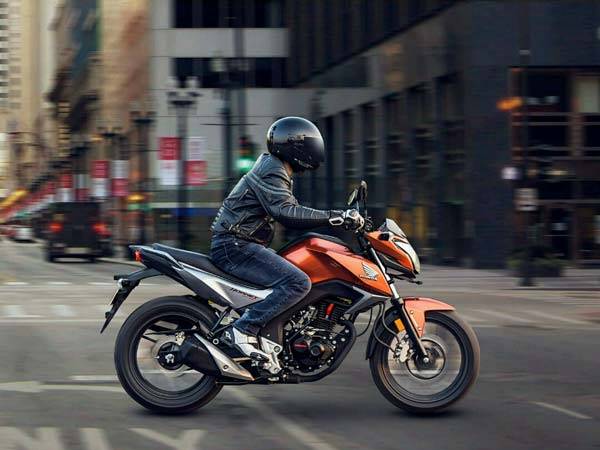All motor vehicles (4/3/2-wheelers) must have third-party motor insurance coverage as per the Motor Vehicles Act 1988. You must purchase a third-party bike insurance policy to ride your two-wheeler on public roads without inviting legal troubles.
How Do I Change My Two-Wheeler Insurance From Third-Party To Comprehensive?
Online insurance companies make changing from third-party two-wheeler insurance to a Comprehensive Policy simple. Additionally, it makes sense to switch from a basic mandatory plan to an insurance plan offering comprehensive coverage for your two-wheeler, given the various additional benefits offered by the latter.
Step 1: Access the insurance provider’s website or download the mobile application.
Step 2: Choose “Bike Insurance” and enter the car’s licence plate.
Step 3: Type in your current 2-wheeler policy’s make, model, and information, then click “View Prices”.
Step 4: Choose the Comprehensive Plan (3/2/1 year) and customise the IDV, if necessary.
Step 5: Purchase add-ons (if required) and personal accident insurance if you don’t already have either.
Step 6: Click “Buy Now”, pay online, and get your policy documents immediately.
Before Switching From Third-Party To Comprehensive Two-Wheeler Insurance, Here Are Some Things To Know:
- Cost Of Insurance: A third-party policy only protects against third-party liabilities like property damage, bodily harm, or loss of life to another person or their property. Third-party liability cover and Own Damage cover are included in the coverage when you switch to comprehensive two-wheeler insurance. As a result, the insurance premium significantly rises. The coverage for your two-wheeler against damages that a third-party plan does not offer is known as the Own Damage Cover for Two-Wheelers.*
- Policy Coverage: The Own Damage cover in a Comprehensive Insurance Plan broadens the range of protection. Your two-wheeler is vulnerable to damage, and the comprehensive policy will pay for any harm to your car from mishaps, fires, natural disasters, etc.* Claims are subject to terms and conditions set forth under the two-wheeler insurance policy.
- IDV (Insured Declared Value): IDV is your two-wheeler’s approximate market value after depreciation. The bike’s IDV plays a significant role in determining the cost of the Comprehensive Bike policy. It is also the highest sum assured that your insurance provider may pay if the car is stolen or irreparably damaged (total loss). You have the flexibility to modify the IDV to a certain extent. It’s preferable to set the correct IDV when purchasing two-wheeler insurance.*
- Deductibles: The amount you must pay out of pocket to settle a claim is the “deductible.” There are primarily two categories of deductibles: optional and required. You can choose the voluntary deductible component according to your preferences. Selecting such a deductible will bring the cost of insurance down. However, when a claim is settled, the agreed-upon sum will be subtracted before you receive the claim.
- No Claim Bonus (NCB): This is the premium concession you receive when renewing the Comprehensive Policy. If you didn’t file any claims during the previous policy’s term, you may be eligible for NCB. It should be noted that the NCB concession is only offered when you renew a policy, not when you buy a new two-wheeler insurance plan. The No Claim Bonus for bike concession can reach 50% for five years with no claims.* Claims are subject to terms and conditions set forth under the motor insurance policy.
* Standard T&C Apply
Insurance is the subject matter of solicitation. For more details on benefits, exclusions, limitations, terms, and conditions, please read the sales brochure/policy wording carefully before concluding a sale.







